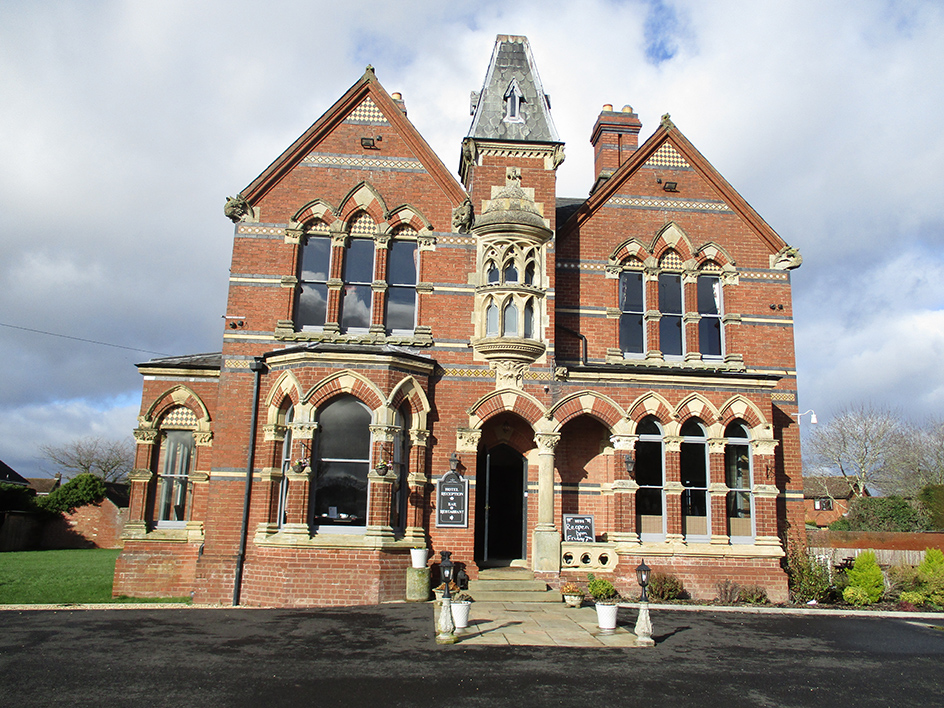Chamberlain's tiling at Hentland
Two-tone tiles inlaid with designs became popular in England in the thirteenth century. In 1237 Henry III commissioned tiling of this type for St Stephen’s Chapel at Westminster - now lost. They were used in churches until the reformation.
What might be Henry III’s finest inlaid tile pavement remains in situ in his chapter house at Westminster Abbey. It was covered by a wooden floor after the reformation, but was revealed and restored by George Gilbert Scott in 1863: fitting neatly into the Gothic revival in which Scott played such a prominent role.
It was therefore entirely appropriate that at a time when J P Seddon, another exponent of the Gothic revival was applying his decorative scheme to St Dubricius, new tiling was laid on the floor of the chancel. The Victorians referred to these inlaid tiles as 'encaustic', a term not really accurate, but which passed into general use.
The parish register records that on August 23 1865 'Pd Wm. Evans for laying floor and replacing seats in Hentland church £14 5s'
The tiles of the eastern, higher part of the chancel floor have been identified as rare examples of encaustic tiles by Chamberlain of Worcester, whose main activity was making dinner services (including one for Lord Nelson who had visited the factory, which Lady Hamilton collected after Nelson's death at Trafalgar).
In the early 19th century Worcester possessed three porcelain works - Flight and Barr (established by Dr John Wall in 1751), Chamberlain's (founded by Robert Chamberlain in 1786) and Grainger's (founded by Robert Chamberlain's son-in-law, Thomas Grainger in 1801). The Worcester manufactures merged in 1840, becoming Royal Worcester Porcelain.
Herefordshire had a thriving brick and tile making industry in the 19th century. In 1849 William Godwin started his brick works at Lugwardine. William's younger brother Henry had worked for George and Arthur Maw who began making encaustic tiles in 1850 in the Encaustic Tile Works in Worcester which had been established by the Worcester Porcelain Company and which their father had purchased for them.
In 1853 Henry Godwin joined his brother William in the Lugwardine business and the company diversified into tile-making. The principal market for the tiles was for churches, both new and restored. Godwins tiles were used by the architects George Gilbert Scott (1811-1878) and G.E Street (1824-1881) in their church restorations. Godwins' tiles were used by Scott in the restoration of Hereford Cathedral in 1857.
Godwins' tiles were used on the lower part of the chancel floor at St Dubricius. Whether or not the Godwins tiles here were part of Seddons original scheme is uncertain. However the Godwins' tiles on the floor of the chancel of the church of Ayot St Peter in Hertfordshire were part of his design, as was the painting of stars and clouds on its ceiling.
The original Godwins works was in the lane to the north of the church at Lugwardine. A church which itself had ancient links with Hentland - in the 1330s Hentland had been a chapelry of Lugwardine. William Godwin moved into an ornate house in nearby Bartestree. This later became the New Inn, a public house, and is now Godwins, a private hotel. Godwins tiling is prominent in the flooring of the building.




